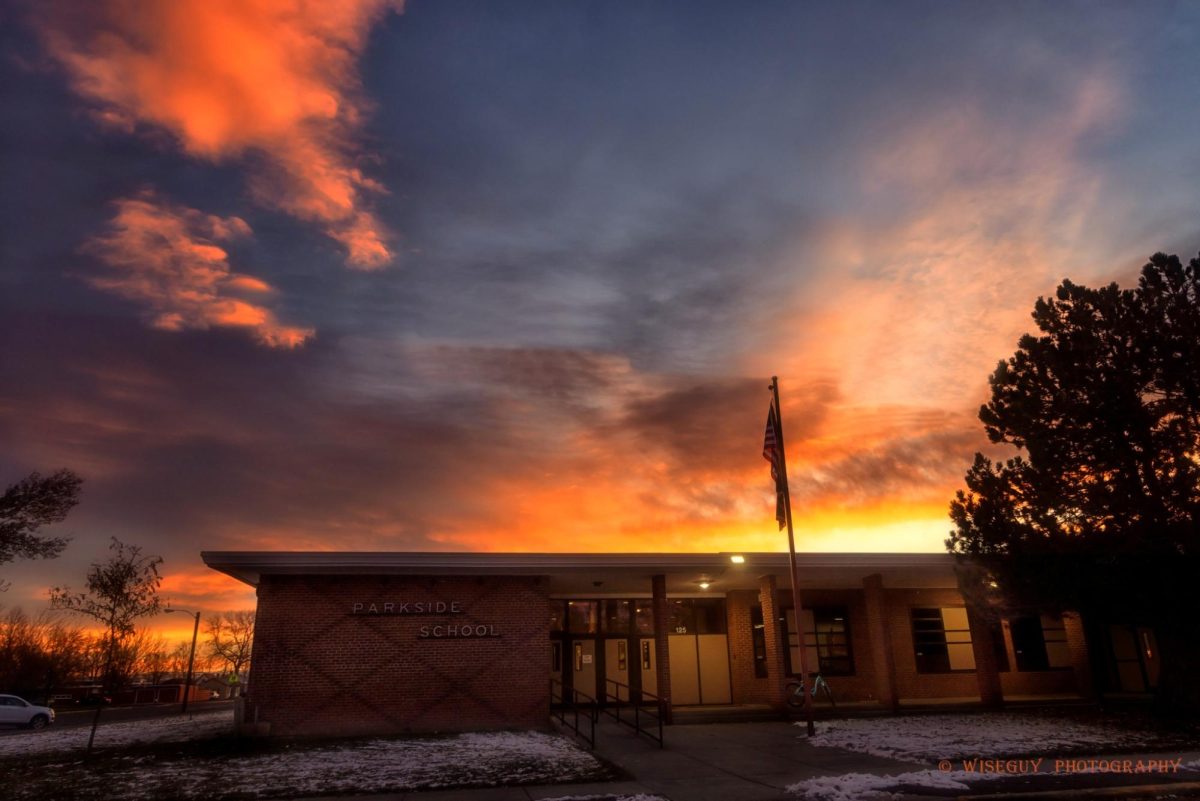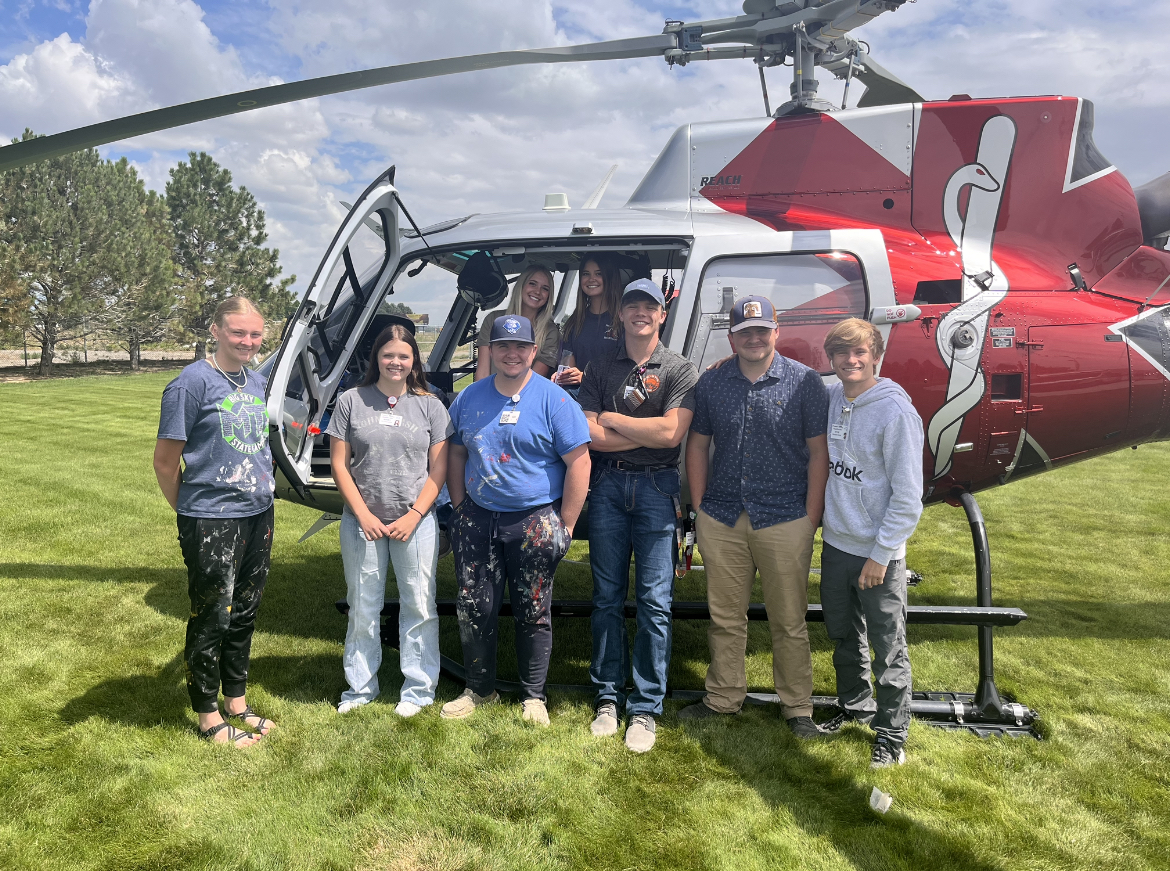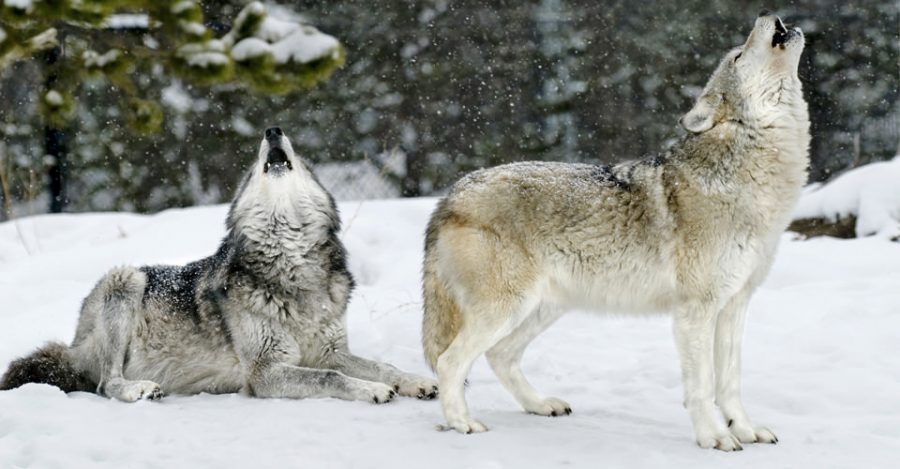PRO-WOLF: Extinction is forever
Reasons why wolves should be free
More stories from Kara Borcher
Since wolves were re-introduced to the Greater Yellowstone Ecosystem, the species has been able to thrive. Management of the wolves, however, now lies with the state and not the federal government.
With hunting season in full swing, the long debated question arises: was the reintroduction of the gray wolf in Yellowstone beneficial to everyone?
According to the National Parks Service, the northern Rocky Mountain wolf was listed as endangered in 1973. Then in 1995 to 1997, 41 Mackenzie Valley wolves from Montana and Canada were released in Yellowstone. 20 years later, there are at least 108 wolves in Yellowstone and 528 in the Greater Yellowstone Ecosystem. These numbers fluctuate depending on where they reside.
Many wolves migrate outside the park into surrounding farming and ranching areas. Oftentimes the response to wolves testing the boundaries of these ranches is to shoot and kill them. National Geographic says that might not be the best thing to do.
When wolves are killed on sight, research shows that there is a higher chance of livestock being killed. When mature adult predators are killed, less seasoned adolescents move in and those are more likely to prey on livestock.
A program based in Idaho valley works with sheep ranchers to find a way for sheep and wolves to coexist. Monitoring wolves to avoid grazing the sheep near where they den, using guard dogs, using bright flashing lights to scare off the wolves and increasing the number of people herding the animals are many of the techniques they use to try to prevent wolf attacks on livestock and to keep the wolf population above the endangered species level.
Wyoming just recently regained their control of how wolves are managed in the state. In April of 2017 a federal appeals court stripped the wolves of their protections. Now, wolves can be shot on sight.
Wolves were hunted close to extinction in the early 1900’s and the 1995 reintroduction to Yellowstone was the first step towards wolf recovery in the west. This year’s limit is 44 wolves. Many conservationists are concerned about Wyoming not maintaining sufficient wolf numbers. Extinction is irreversible and if Wyoming doesn’t take some responsibility and work harder to maintain the numbers, our ecosystem may suffer.

































